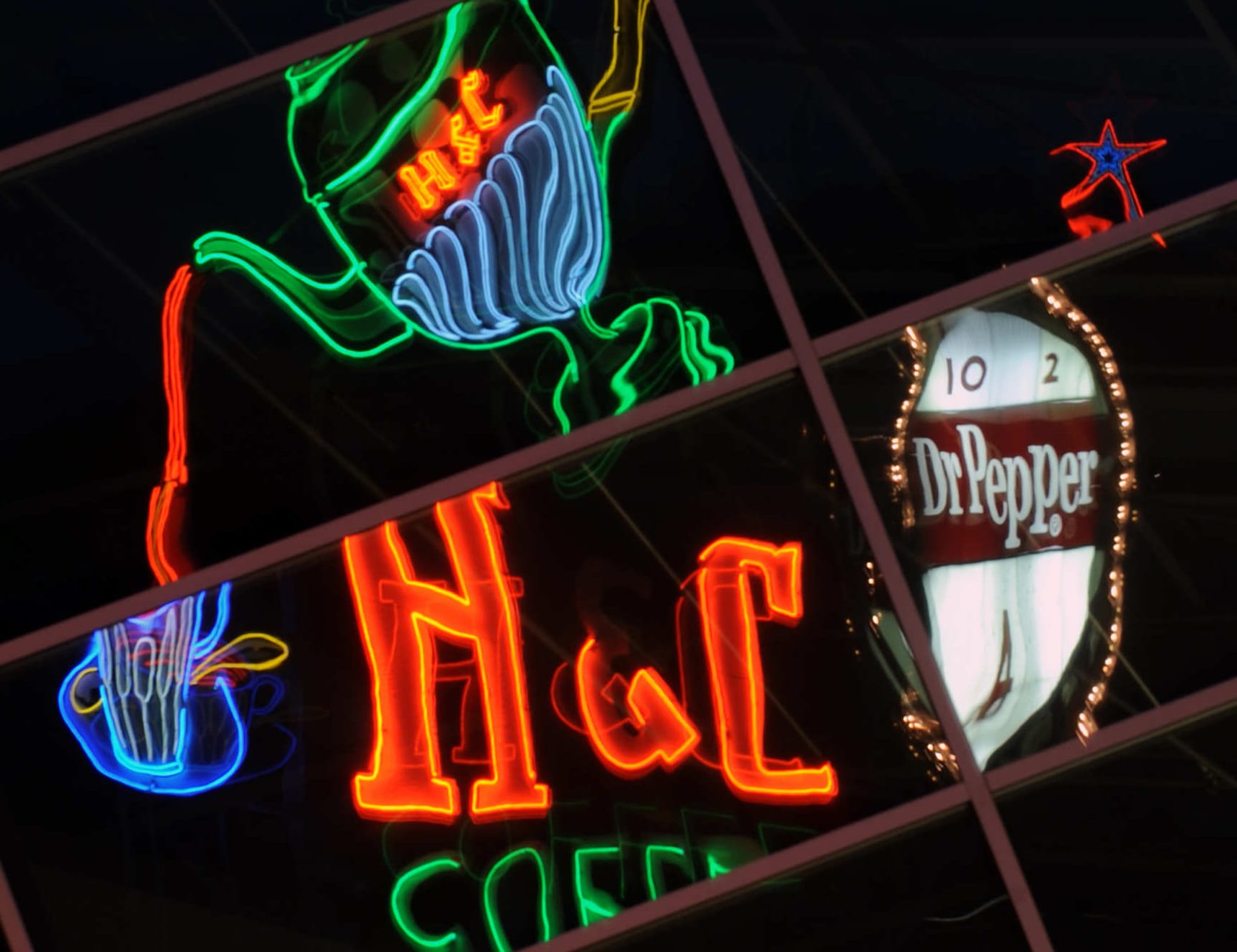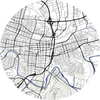Ramblings: Roanoke Landmarks in Danger of Neglect, Group Warns; Schools Weigh Student IDs; Council Ups Top Official Pay
What are Ramblings? Ramblings are a collection of short items that have caught our attention for one reason or another.
What are Ramblings? Ramblings are a collection of short items that have caught our attention for one reason or another. We’re on the lookout for tidbits related to money in politics, data, business, civic engagement or interesting events. Think you know of something that could be a Rambling? Drop us a line at editor@roanokerambler.com and we may well write about it. Happy reading!

Roanoke landmarks in danger, group warns
Several landmarks in Gainsboro and downtown Roanoke are at risk of falling into disrepair, according to preservationists who on Tuesday announced their 2024 list of “endangered sites.”
Every year since 1996, the Roanoke Valley Preservation Foundation has called attention to historic homes, churches and lands with cultural significance. The idea is to encourage property owners and the community to save the sites from neglect.
The Washington Park caretaker’s cottage — which is deteriorating but was spared from being replaced with a new swimming pool — gained a special shout-out as one of 10 places cited as endangered by Preservation Virginia, a statewide advocacy group. Advocates and the city are trying to get funds to stabilize the cottage, which dates to about 1837.
Other sites that the local foundation listed for 2024 as “eminently endangered,” which have been listed in previous years, include:
- The Claytor Clinic in Gainsboro, which opened in 1948 as a healthcare center for the Black community. The yellow-brick building remains in disrepair following a breakdown in negotiations between the city and Claytor family on redeveloping the property.
- Downtown Roanoke’s iconic H&C Coffee Sign, which sits atop a building that houses space for Mill Mountain Theatre. The sign is currently dark, the foundation says, and remains one of a few examples of mid-century neon advertising in the city.
- Huntingdon, a ca. 1819 home in Northeast Roanoke listed on the National Register of Historic Places. Once the center of a 500-acre plantation, the building is threatened by potential subdivision and redevelopment, according to the foundation.
- Poage farmhouse, an 1830s log house that sits on 55 acres in Roanoke County. The county school division sold the land this year to a developer.
In addition, the foundation named new “endangered sites,” for 2024, which include:
- Tudor-Revival style homes in Northwest Roanoke that the foundation said harkened to a “Great Gatsby” era of 1920s mansions. The homes at 1039 and 1054 Old Country Club Rd., which overlook the Roanoke Country Club, are unoccupied and deteriorating.
- Five rustic cabins in Southwest Roanoke on Crystal Spring Drive. Two have been restored but others remain dilapidated and represent an example of 1930s backwoods road houses.
- A Masonic lodge in downtown Roanoke at the corner of First Street and Kirk Avenue. Built in 1911, the four-story brick building used to host dances in its top-floor ballroom. A 1940s redesign gave the building an Art Deco makeover but the building now is for sale and shows signs of deterioration, the foundation says.
School board considers student ID badges
Roanoke City Public Schools is weighing whether to introduce student identification badges for many students starting in the fall.
The recommendation from school administrators first emerged in the summer of 2022 as one of 25 ways to improve school safety. Officials say the ID badges allow staff to identify who belongs on school property. At the time, board members punted on the idea, expressing concern about how ID badges would work.
Since then, the district has completed pilot projects at Fallon Park Elementary School and Lucy Addison Middle School, said Wesley Williams, the district’s executive director of technology.
Williams told the school board Tuesday that children expressed excitement about wearing the IDs and felt a sense of responsibility. Challenges included students forgetting the badges at home, and Williams said officials will work on policies to address that issue.
Student IDs would also allow children to more easily check out at cafeterias, libraries and other school and city services.
If the board agrees, school officials said they would like to have all students who ride buses and all high school students to begin wearing the IDs next academic year. Board members appeared supportive of implementing IDs.
The district’s new bus contractor, Zum, also presented Tuesday saying that the company’s technology will allow parents to confirm their child’s ridership through the ID badges. Williams said the division’s five-year, $77-million contract with Zum will include the IDs for bus riders.
How much do top Roanoke officials make?
Roanoke City Council has increased pay for top officials in adopting a $379-million annual budget on Monday.
City Manager Bob Cowell will receive $240,499 in annual pay starting in July, according to the city’s pay plan. That’s up from $226,692 in December 2022, or 3-percent annually.
City Attorney Tim Spencer will be paid $185,873, City Clerk Susie McCoy will receive $107,278 and municipal auditor Drew Harmon will get $143,393, according to the pay plan. Those reflect a 3-percent cost-of-living increase compared to the year prior.
Some rank-and-file employees will see much bigger increases to their paychecks as the city attempts to make positions competitive. Most of the $11 million in new tax revenue this year will go to increase pay for police officers, firefighters, accountants and other city workers.
Potential compensation for City Council has also increased.
State law limits Council members' salaries to $23,000 and the mayor's to $25,000 for a city of Roanoke’s size.
While Council members typically don't take advantage of benefits such as health insurance, the budget still includes those costs — for a total of $46,957 per Council member and $51,587 for the mayor, up from $43,651 and $48,280 the year before, according to city records. Those totals also include stipends for conferences that Council members may use, up to $6,150, and up to $7,850 for the mayor.
The city’s budget includes $107 million for schools, about $100 million for public safety, $50 million for social services and $37 for infrastructure upgrades.
Roanoke kept its real estate tax steady at $1.22 per $100 in assessed value. Those taxes make up the bulk of local revenues.
Clarification (5/15/24) — A post on compensation for City Council members has been updated to clarify that elected officials do not typically take advantage of the total amount of compensation and benefits budgeted for them.

